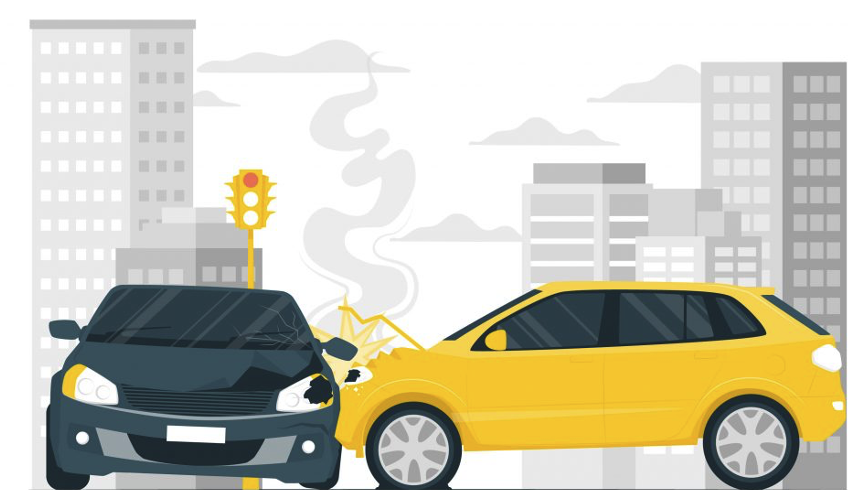
Vehicle accidents happen in numerous ways, and one that stands out is a T-bone accident. These accidents cause both passengers and drivers to suffer severe injuries. They are sometimes fatal as well. T-bone accidents are one of a kind.
As a victim of a T-bone accident, it is important to seek damages for the losses you have incurred. Consider hiring a well-experienced personal injury lawyer to help you with the process.
A T-bone accident occurs when the front of a vehicle slams into the side of another vehicle, forming the letter “T’ at the point of contact.
It happens when a driver ignores a red light or a stop sign and drives through an intersection while another car passes through that same intersection. Other common causes of T-bone accidents include:
Let’s look closer at how fault is determined in a T-bone accident.
Traffic laws play a significant role in determining who’s at fault in T-bone collisions. These laws provide rules for drivers to follow, promoting safe communication on the road. Violating these laws can lead to severe damage and injury.
Right-of-way laws require drivers to yield to other vehicles in a particular scenario, such as when making left turns or entering highways. Failure to yield contributes to T-bone collisions.
These signs control traffic flow at any intersection. Drivers must stop entirely at any stop signs and obey red light signals. Violating traffic control devices leads to T-bone accidents and the obligation of fault.
Determining who’s at fault in a T-bone accident involves investigating the circumstances leading up to the accident.
It includes reviewing witness statements, traffic camera footage, expert opinions, and police reports. Here’s how liability is determined.
Gathering evidence is vital to establishing negligence. It includes obtaining photos of relevant road signals or signs, the accident scene, and vehicle damage. Testimonies from eyewitnesses also provide valuable insights on how the collision occurred.
Police officers who immediately respond to the accident scene draft a report detailing any violations they noticed and their observations. These reports play a significant role in determining fault as they offer an impartial account of the occurrence.
Accident reconstruction professionals are consulted to analyze the accident and determine various factors involved. It includes vehicle speed, points of impact, and other sequences of events. Their findings help establish who’s at fault.
Even the law recognizes the opinions of these experts as evidence. Having a professional who can clearly explain the extent of your pain, injuries, and damages to the judge or jury can significantly strengthen your case.
There are chances that both drivers share some degree of fault in a T-bone collision. In such instances, the doctrine of comparative negligence comes into play.
The law of comparative negligence allocates compensation based on the percentage of fault between the parties involved.
For example, if one driver was speeding and the other ran a red light, they would be assigned an equal percentage of fault.
The compensation amount will differ based on the percentage of fault assigned. Some states allow the victim to claim compensation if they are 1% at fault for an accident. Some states have a specific threshold, usually 50 or 51%, above which the victim will lose the right to seek compensation.
Conclusion
T-bone accidents are complex, and determining fault requires analyzing evidence and traffic laws. Hiring an experienced lawyer can help you pursue the compensation you deserve.